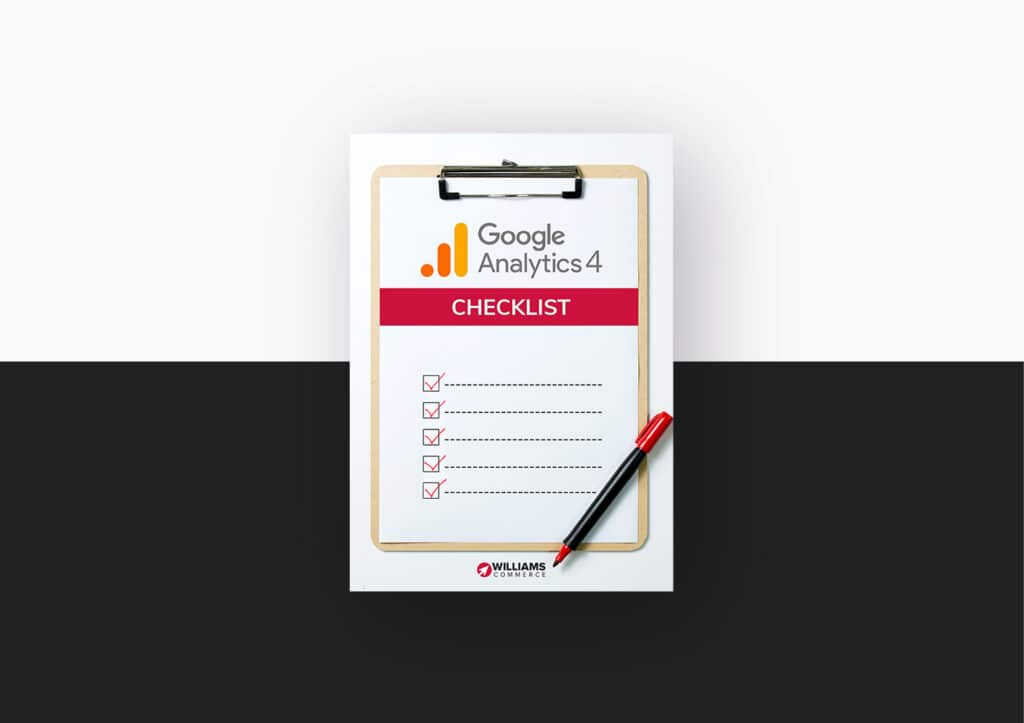The Internet of Things – also known as IoT – is a major technological revolution that is already playing a significant role across many industries.
As such, there are a few things to consider from a digital marketing perspective when it comes to the possibilities of IoT.
Firstly, what is the Internet of Things? Put simply, it’s a network connecting the digital and the physical and facilitates the exchange of data between the two.
Put simpler still, it’s the placing of sensors into objects to create new levels of connection and interaction. These sensors deliver insight into how objects are working and how they are being used. That presents new levels of actionable information to decision makers within a business.
It is this level of connectivity and insight that is the major driving force between the huge proliferation seen around connected IoT devices.
There are nearly 27 billion devices already IoT-enabled according to a report from IHS Markit, who has also predicted that by 2030, the number of connected IoT devices globally will surpass 125 billion.
All about Action
We are today living in a world where wearable watches, self-driving cars, smart devices and even animals are being fitted with IoT-enabled sensors. This provides new levels of insight into what these things are doing and how they are doing it.
Marketers should not simply stand and watch as IoT becomes more and more integrated into the world we live in. Having real-time, contextualised data from multiple touchpoints affords the chance to enhance customer experiences. That’s the promise of IoT and what it brings to the table from a marketing and ecommerce perspective.
How to harness IoT as a Marketer
With sensors in more places, IoT is enabling better levels of research to be conducted into how products are being used. This information affords the chance to marketers and ecommerce retailers to re-evaluate their promotions and advertising campaigns. They can look to make them more suitable and relevant to the customers and provide unprecedented insight into what your customers want. This means that sensor data could become one of your most valuable ecommerce tools.
Your customer demographic can also be looked at. With the permission of customers of course, you can get a better understanding of what kind of customers you have. With smart devices, first party data can be more easily acquired and a whole range of insight can be gleaned.
For example, behavioural data presents personalisation opportunities. Perhaps you could add a QR code to your product that can be scanned with a smart device? This would then open you up to personalisation opportunities and great ways to boost customer loyalty. It’s all about being relevant and delivering enhanced experiences to the customer.
You can also gain a better idea of your customer profile with this level of data insight. Perhaps more people of a certain age bracket are using your product than expected? Or a certain type of shopper is purchasing items from a part of your shop that is currently quite small and could be grown?
There’s an opportunity to find new avenues to advertise within, tackle competitive pressures, capitalise on current ecommerce trends, and potentially take advantage of some low hanging fruit by harnessing the kind of insight IoT presents.
Reaching New Levels of Insight
IoT also offers the chance to identify new market opportunities. With greater awareness of how your products or services are being used, you may see a chance to create new products and services that customers may find useful. There’s a chance to look at what your customers are actively seeking, rather than just using educated guesswork.
Advertising campaigns can also be contextualised to the customer’s specific tastes using the insights IoT sensors can provide. If they’ve enjoyed a certain part of your ecommerce website before for example and bought something from there, they might like this new release of a similar like. You can target promotions and advertising and make really insightful moves that give the best chance of success.
Sensor technology also presents the chance to be more active when it comes to sorting any product problems. The new level of insight allows for quicker reactions to product failures, and even predictive maintenance. This is a great opportunity from a marketing perspective, as you can potentially prevent a problem arising with a product before the customer has to go out of their way to fix things. This is a great way build brand loyalty and open a dialogue with the customer, which could in turn present new sales opportunities.
How to thrive in the IoT world
IoT devices and connectors place the customer at the centre of things. They provide a level of insight that businesses can use to make positive changes.
The time is now when it comes to moving towards all that IoT has in store from a marketing and ecommerce perspective. Don’t dismiss the prospects IoT presents as being far and away from your main areas of interest. They will only become more relevant and will be an increasingly prominent part of the future of ecommerce, so finding ways to incorporate them into your marketing strategy is a wise idea.
At Williams Commerce, we specialise in helping retail and ecommerce companies enhance their business. Find out more about the work we do by getting in touch today.


